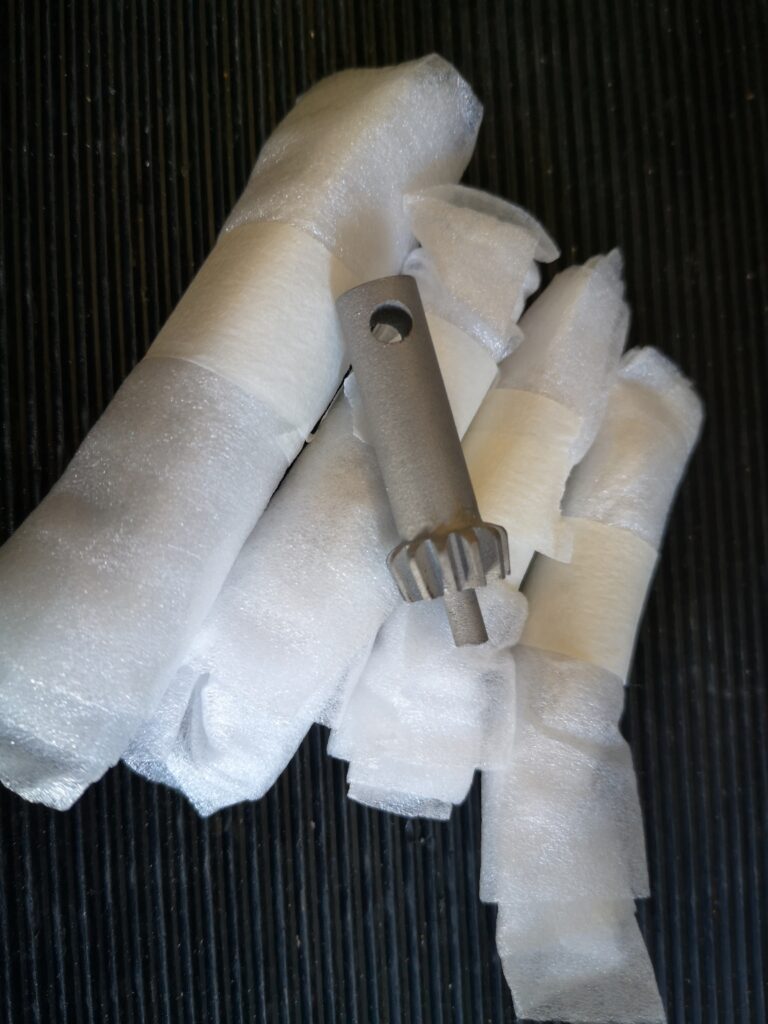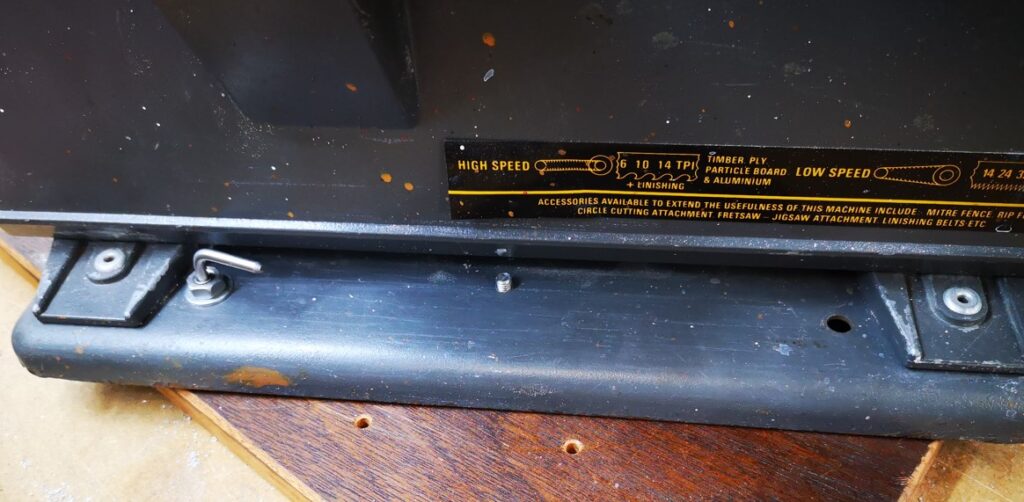Sintered Tool Steel Experiment
Some while ago I posted about my experiment in reproducing a Cowells ME lathe chuck key as it seemed there were a few owners with broken teeth on their keys.
Since then I have received a number of requests for replacement keys which I have tactfully declined. They are not the easiest of things to reproduce and a potential for broken tooling.
I use PCBWay for my production PCBs and I recently noticed that they can produce sintered 3D objects from a STL file. They offer various materials for this process. Out of curiosity I sent the STL file for the chuck key to them and ordered 5 pieces in sintered tool steel. Twenty days later I received 5 chuck keys. They look good and they match my dimensions and more to the point they work in the chuck. I have no experience on how strong sintered tool steel might be but this video from My Tech Fun is quite impressive.
The downside of course is that they were not cheap (~£50 each, heavily thumped by courier costs) but if you have a Cowells and the frustration of a chuck key with a broken tooth maybe this is a reasonable price to pay. Let me know quickly if you are interested in buying one otherwise I will put them on EBay.

Links to similar or related post are listed below : –
- Three axis stepper controller PCB in stock
- Myford Super 7 Large Bore depth stop
- Tangential Lathe Toolholder for Myford Super 7
- Hemmingway Sensitive Knurling Tool
- Workshop air compressor problems
- Replacement Cowells Chuck Key (Part 2)
- Illuminated Optical Centre Punch
- Gack Vice as a 3D Print
- BK3 Bandsaw Lazy Susan Turntable Update
- Noga Tool Christmas Present








